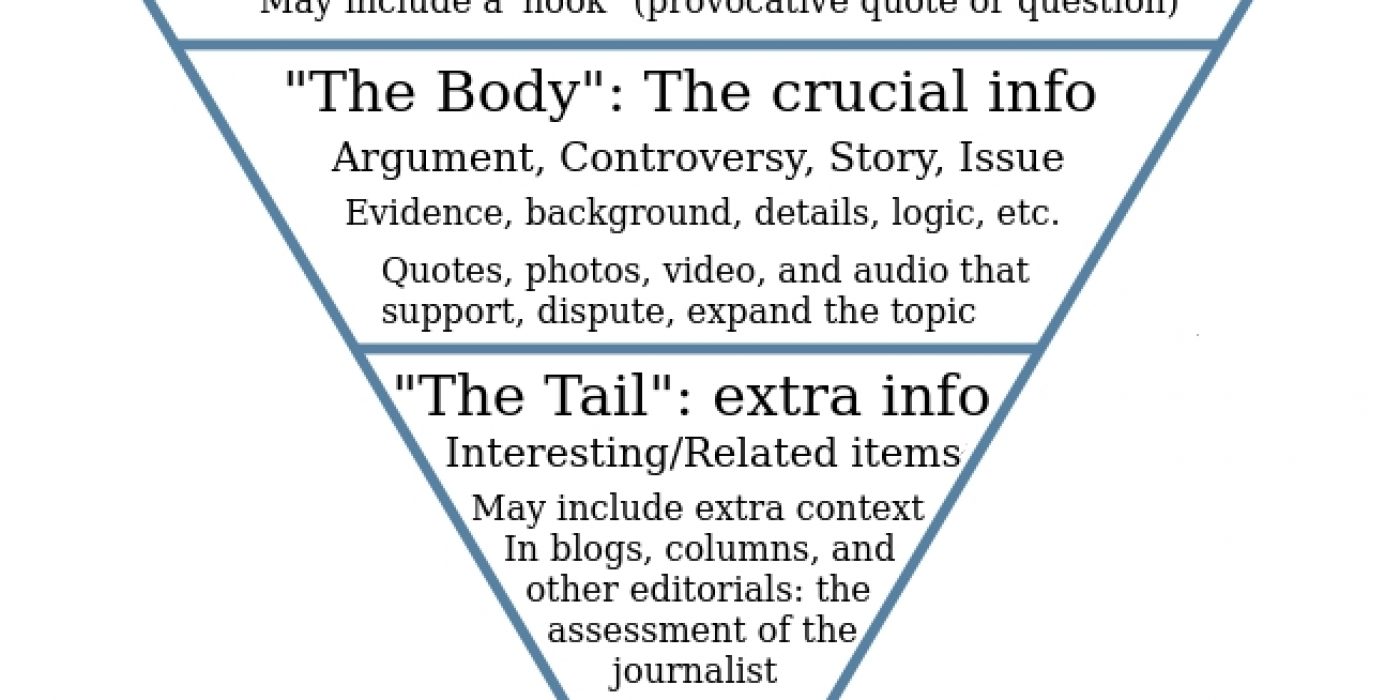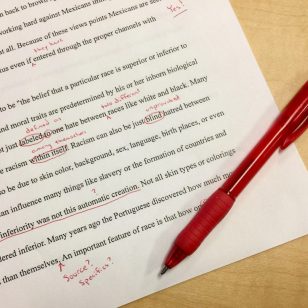By Kelsey Boudin,
President and Founder, Southern Tier Communications Strategies, LLC
Hard news stories follow the inverted pyramid style of writing and story construction.
If written correctly, a news story will include the most important information first — picture the bulk of the bottom of a pyramid shape flipped on its head. This is called the lead. The body, or meat, of the story comes next with the conclusion, or tail, at the end.
In this digital age, people are only growing more hasty and impatient. While news organizations have almost universally adopted the inverted period style of hard news reporting, the need to be succinct and get to the main point is paramount.
(Helpful hint: the inverted pyramid is used across traditional media including newspapers, television and radio, as well as digital media sources.)
Here are some examples of what the inverted pyramid would look like in story form.
The lead
Here lives the who, what, where and when of the story. In one sentence, maybe two, the reader should know the essentials:
Ex.) The Fake City School Board approved the purchase of new touchscreen devices Tuesday for each of the district’s 1,200 students. But an unanticipated expenditure drew concern from district taxpayers.
That’s it. The reader, listener or viewer knows what they absolutely need to know — who did what, where and when? Those interested or affected may continue to pay attention. Others will tune out almost immediately.
News writers have a good reason for this. Most news consumers rarely get beyond the first few paragraphs of a story. In fact, the Media Insight Project reports a survey of news consumers found that 3 in 10 either read only headlines or scan the important parts of news once a day.
The body
Another 3 in 10 indicate they read or pay attention to news more deeply. But reality remains that people only pay attention to the nitty-gritty — and quite fleetingly. Even the best news stories will fail to grab everyone’s attention.
So as you move into the body of the story, keep moving down your upside down pyramid with progressively less important or pertinent information. This isn’t to say every piece of info in the body isn’t important. Certainly, the story would not be complete without a why and how analysis — and more importantly, why the news consumer should care.
Ex.) Officials estimate the total cost of the devices will be $600,000, which was factored in the 2020-21 budget approved by district voters last May. A budgeting blunder, however, underestimated another $300,000 in ongoing technical support expected and software upgrades over the next five years.
District Superintendent Tom Smith assured state aid would cover the shortfall and that the balance would not rest on property taxpayers, who had already seen tax hikes the last three years. Smith pointed to the benefits to students as the small school district moves toward an all-online curriculum.
Some attendees at Tuesday’s meeting weren’t so convinced, alleging a pattern of consistent mismanagement at the district’s budget office. Addressing the board, parent Sally Wilson acknowledged improved curriculum access would improve students’ home studies, but questioned how such another hefty bill went overlooked.
Here, in the middle of the pyramid, the story is going on to explain the news and provide context for why the reader should care. A strong narrative would offer further analysis and context through quotes allowing Mr. Smith, Ms. Wilson and any other key players at the school board meeting equal time for their views.
Be fair and balanced and keep your opinion out of it.
The Conclusion
The bottom and smallest point of the inverted pyramid is the conclusion. But don’t think of this last segment as a formal conclusion recapping key points like the essays you recall from high school.
The tail should wrap things up neatly and succinctly with the least important element(s) of the day’s news.
Ex.) The Fake City School Board will meet in a special open session at 5 p.m. Thursday to further discuss the budgetary matter.
The Inverted pyramid should usher news consumers to info they need.
It matters little that most won’t make it to the end. News writers are in a battle for short attention spans. What matters is that the news consumers are led as far down the path of importance as they wish to go.
I’ve written thousands of articles like these. Feel free to reach out if you need some help.







